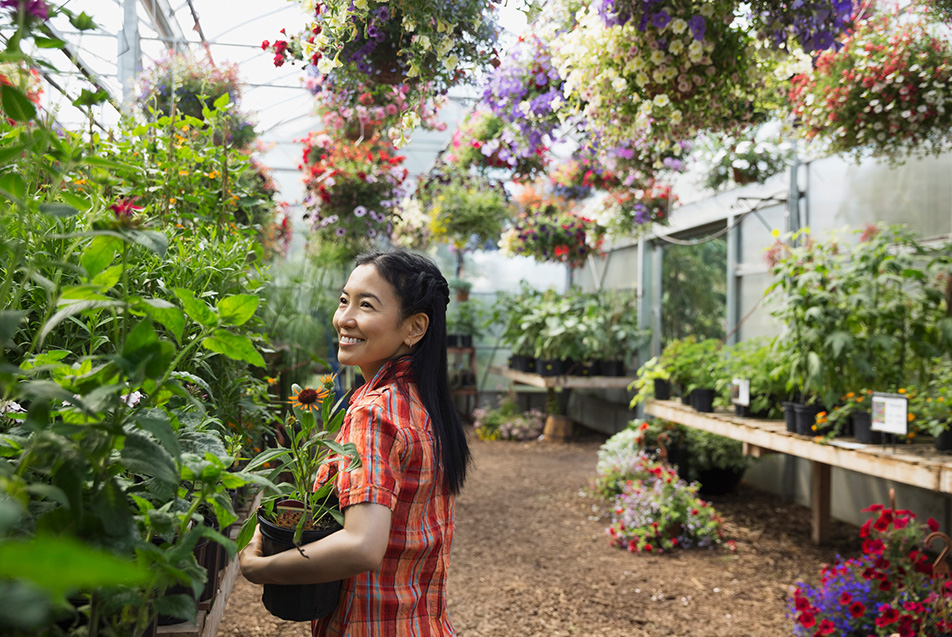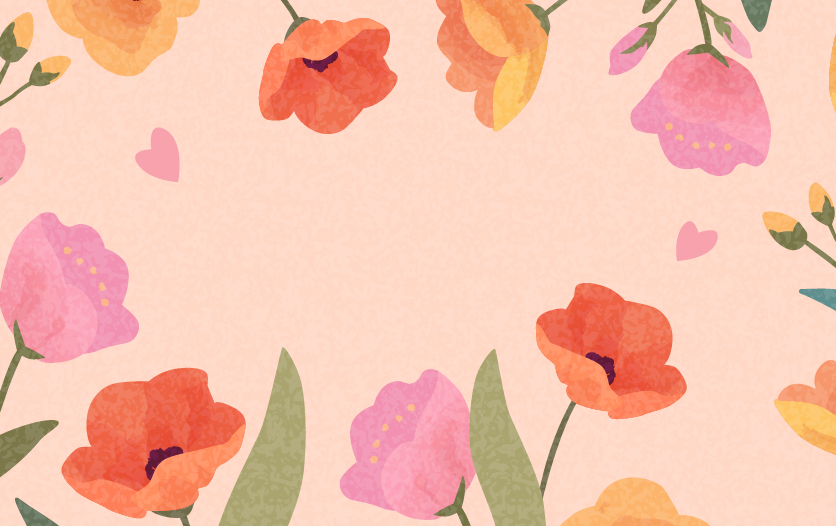
We asked Camille Schuelke, BT, greenhouse farmer, Parkview Community Greenhouse & Learning Kitchen, to walk us through the process for selecting plants and seeds to fill our summer gardens.
Is it best to start a garden from seeds or plants?
Both! Some plants are difficult for a home gardener to grow from seed and some plants are incredibly easy to grow from seed and are actually hardier/healthier when grown from seed.
Best for a home gardener to start from plants
- Tomatoes
- Peppers
- Okra
- Cabbage
- Broccoli
- Cauliflower
- Eggplant
- Brussel Sprouts
Best for a home gardener to sow or “plant” as a seed
- Green beans
- Corn
- Carrots
- Cucumbers
- Summer squash
- Zucchini
- Lettuce
- Peas
- Winter squash
- Radish
- Beets
When selecting plants, what should gardeners look for?
Plants that are not too leggy (stretched). You want full, dark green plants that don’t have any spots or insects on them. You also want plants that have been acclimated to the weather already.
What are some signs a plant is not healthy?
Spots! These are typically fungal or lesions from insect infestation. You also want to avoid legginess or a stretched plant, with a light green or yellow color.
Should the plants be transplanted to the garden immediately after purchase?
If they have not been acclimated (exposed to outdoor weather to toughen them up since they have been coddled in a greenhouse), then you will want to leave them in the flat outside for about 4-5 days before planting. Be sure to ask the store you are buying your plants from if they are acclimated or not if you are unsure. You will also want to keep them watered, as the flats dry out easily. Then, after 4-5 days, transplant them to the garden.
Is there a certain time of day that’s best to plant?
It is best to plant in the evening or on a cloudy day. This will help reduce transplant shock. The plants will get transplant shock no matter what, but avoiding a scorching hot sun will help reduce the stress and shock.
Any other planting tips?
Always follow the directions on the tags of the plants you buy or the labels on the seed packets. They will tell you everything you need to know!
Also, always be sure to water the plants and seeds after you plant/sow them. If possible, always water in the morning instead of the evening if your schedule allows. Most gardeners over water, so I recommend buying a tensiometer that measures the wetness of the soil. These can be found in any gardening center or online.



